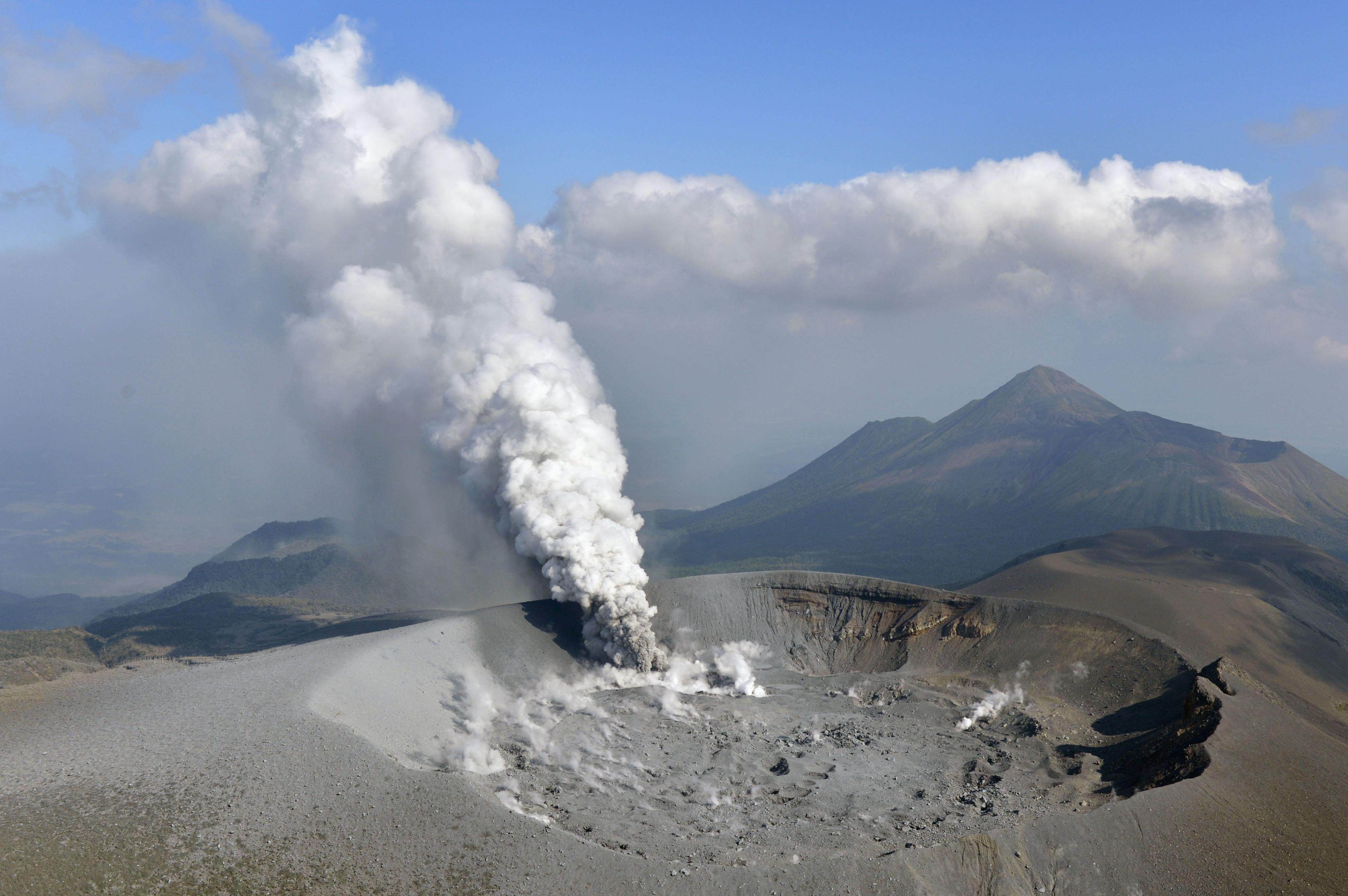Japan quake swarm and volcano reignite fears linked to viral manga prediction
Airlines are cancelling flights to Japan due to reduced demand attributed to anxiety over the disaster prediction

A swarm of earthquakes around Japan’s remote Tokara Islands and the eruption of a long-dormant volcano in Kyushu have renewed public anxiety – stoked in part by a manga artist whose work is widely believed to have foretold a 2011 disaster and who has now predicted another major calamity striking Japan in early July.
Seismologists, however, have dismissed any suggestion of a link between the recent activity and the prediction, stressing that there is no scientific basis for forecasting the timing, location or magnitude of earthquakes.
More than 330 tremors have rattled the Tokara chain in the past five days, according to local reports, including a magnitude-5 quake shortly after 4am on Tuesday. The remote islands lie between the southern tip of Kyushu and the Okinawa islands, in a seismically active stretch of southwestern Japan.
The seismic unrest has coincided with a string of smaller quakes felt in southern Kyushu and the Japan Meteorological Agency’s decision to raise the alert level on Mount Shinmoe – a volcano in central Kyushu – to level three on its five-tier scale.
Shinmoe erupted on Sunday after seven years of dormancy, sending a 500-metre plume of ash into the air. Ashfall has been reported in surrounding areas, while officials have warned that pyroclastic flows and flying rocks could reach up to 2km from the crater.
While seismologists have not linked the events, the timing has unsettled some members of the public, given that the uptick in activity has coincided with a widely circulated prediction by manga author Ryo Tatsuki.

In her cult work Watashi ga Mita Mirai, Kanzenban (The Future That I Saw, Complete Edition), Tatsuki predicted a major natural disaster would strike Japan on July 5.
Her warning has gained traction online in part because the same manga, published 15 years earlier, appeared to foreshadow the March 2011 Tohoku earthquake and tsunami – one of the deadliest natural disasters in Japan’s modern history. The book has sold more than 1.06 million copies and has seen renewed interest in Hong Kong and other parts of Asia.
Feng shui master Qi Xian Yu, better known as Master Seven, added to the public sense of unease with her forecast for the Year of the Wood Snake. In widely circulated predictions shared across Hong Kong media and social platforms, she warned of an uptick in “natural disasters such as earthquakes and fires, and traffic and aviation accidents” and urged caution when travelling to countries northeast of Hong Kong, including Japan and South Korea. Her advice, followed by celebrities and business leaders alike, has gained broad traction in a region already alert to the symbolic volatility often associated with the Snake year.
The travel industry has felt the ripple effects of rising anxiety. While it is unclear to what extent recent warnings have influenced decisions, the Yomiuri newspaper reported on June 11 that Hong Kong’s Greater Bay Airlines had reduced its flights to a number of Japan destinations, citing a drop in reservations to just 40 per cent of typical summer levels.
Hong Kong Airlines has also suspended four weekly round-trip flights between Hong Kong and Kumamoto, as well as another four to Kagoshima, during July and August – both cities located in Japan’s southern Kyushu region.
Officials have attempted to calm public fears. Ryoichi Nomura, director general of the Japan Meteorological Agency, took to social media to dismiss the predictions as unfounded.
“Current levels of scientific expertise do not allow precise earthquake prediction in terms of timing, location and scale. Accordingly, any such predictions should be considered unreliable,” he wrote in a post on X.
In a subsequent press briefing, he added: “It is regrettable that people are being affected by baseless information in this age of modern science,” as reported by the Asahi newspaper.
Nonetheless, online comments suggest that there are many who lend credence to Tatsuki’s predictions.
“July 5 is coming soon,” read one message on the TV Asahi website. “Science must acknowledge that prophecies are not superstitions. Please spend your days feeling like you are alive.”
Another wrote, “Precognitive dreams are not scientifically proven but they cannot be completely denied and when I hear that the author predicted the Tohoku earthquake, I can understand the anxiety.”
Experts, however, have urged the public to remain grounded in scientific evidence.
Fumiaki Tomita, assistant professor at Tohoku University’s Research Centre for the Prediction of Earthquakes and Volcanic Eruptions, said while the earthquake swarms in the Tokara Islands might seem alarming, they are not unprecedented.
“The sort of earthquake swarms that we see happening off southern Kyushu happen occasionally and we have seen similar seismic events in 2021 and again in 2023,” he told This Week in Asia. “This is not uncommon.”
Tomita added that the relationship between the Tokara swarm and Mount Shinmoe’s eruption remains unclear, and cautioned against reading too much into the timing.
“The interplay between this swarm of quakes in the Tokara Islands and seismic activity in Kyushu, including the eruption of Mount Shinmoe, is not well understood or clear, but I can say that it is very difficult to predict earthquakes with the current seismological knowledge that we have,” he said.
Even Tatsuki appears to have distanced herself from the most specific part of her prophecy.
In comments to the Sankei Shimbun, she reportedly retracted her July 5 prediction for a quake off southern Japan, but insisted a major disaster would still occur sometime in July. She further claimed that a tsunami “three times” the height of the 2011 waves would hit Japan.
Given that the 2011 tsunami reached a height of 40 metres at its peak, such a scenario would be unprecedented in scale – and catastrophic in its consequences.